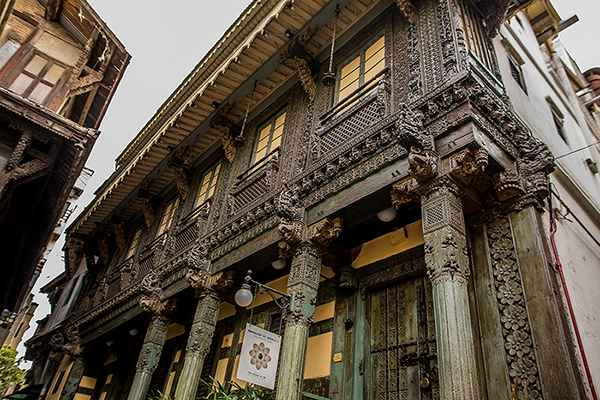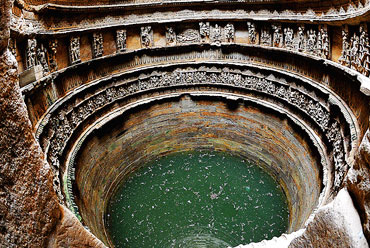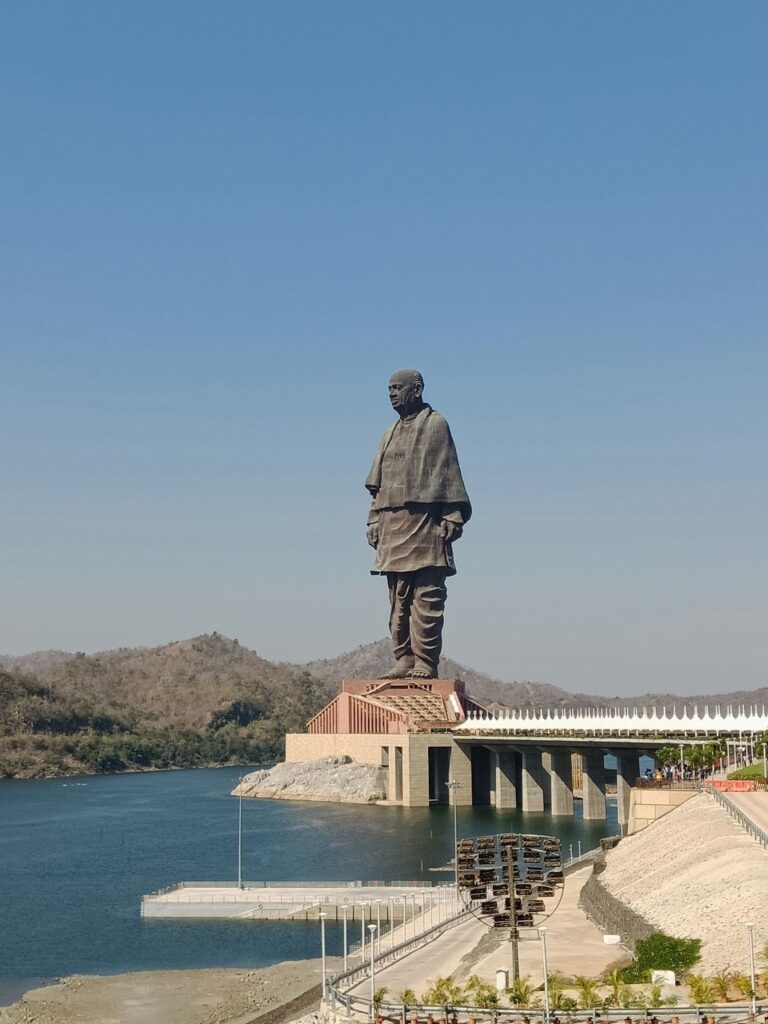Our heritage talks about the roots of our nation. It plays an important role in our politics, society, business, and worldview. A country, region, community, or group’s identity is derived from its historical and cultural heritage, which is exclusive to that group or society and represents the vast and varied creations of humans. World Heritage Day celebrated on April 18th every year, is a global celebration of the exceptional cultural and natural sites recognized by UNESCO’s World Heritage List. As we are here to celebrate it, let’s turn our attention to the rich cultural and historical heritage present in Gujarat and its vibrant city, Ahmedabad. Ahmedabad is a live example of the numerous influences that have shaped its identity throughout the ages. From its ancient pols to majestic monuments, every corner of the city tells a story.
Ahmedabad’s History and why it is a Heritage City
Ahmedabad’s history is as vibrant and diverse as its busy streets. Sultan Ahmed Shah established the city in 1411. It soon became known as a major hub for trade, business, and culture in medieval India. Because of its strategic location on the banks of the Sabarmati River, a variety of groups were able to come together, resulting in the unique fusion of Islamic, Jain, and Hindu influences that characterize its heritage landscape. Additionally, the city served as a major center for Mahatma Gandhi’s nonviolent movement against British rule and was crucial to India’s fight for independence. Gandhiji founded the famous Sabarmati Ashram on the banks of river Sabarmati in Ahmedabad – a representation of India’s freedom struggle. In July 2017, UNESCO inscribed Ahmedabad as the first Indian city as a World Heritage Site. It followed the footsteps of renowned global heritage sites like Venice, Cairo, and Jerusalem.
The Heritage Department of the Ahmedabad Municipal Corporation (AMC) safeguards 2,696 significant buildings in Ahmedabad. The Archaeological Survey of India (ASI) recognizes 28 monuments, and the State Department of Archaeology (SDA) recognizes one monument. Being the largest city of Gujarat, Ahmedabad’s wide variety of architectural designs is a reflection of its ethnic heritage. Furthermore, the intricate pols and narrow streets in the city’s historic old area showcase the city’s traditional architecture. Additionally, the heritage is not just limited to buildings and monuments; rather, it comes alive in its festivals, arts, crafts, and culinary traditions. Moreover, it’s in the laughter of children playing in the streets, the smell of freshly brewed chai, and the warmth of a stranger’s smile. Ahmedabad’s rich history, architectural legacy, cultural variety, and urban vibrancy are what make it a vibrant and welcoming hub.
Iconic Heritage Sites in Ahmedabad

Pols: Centuries-old traditional living clusters, with intricately carved wooden facades and courtyards, provide a glimpse into the history of the city’s architecture.
Sabarmati Ashram: Located on the banks of river Sabarmati, it served as the residence of Mahatma Gandhi and his wife. It was also the base of Bapu’s Dandi March Satyagraha.
Sidi Saiyyed Ni Jali: Its iconic Jali windows, adorned with exquisite stone latticework, are a well-known feature in 1573.
Calico Textile Museum: Founded in 1949, the museum has a rare collection of carpets, costumes, silk weaves, Kashmiri Shawls, and more.
Bhadra Fort: Sultan Ahmed Shah built it in the 15th century. And it consists of many royal palaces, mosques, watchtowers, huge gates, and more. During the Maratha Rule, a shrine dedicated to Bhadra Kali was established.
There are several other heritage sites in Ahmedabad like Adalaj Vav, Jama Masjid, Jhulta Minara, Rani no Hajiro, and more.
Other cultural sites in Gujarat

Rani ki Vav, Patan: It is a distinctive form of water resource and storage system. It is believed to be Gujarat’s largest stepwell and Listed as UNESCO World Heritage Site,
Sun Temple, Modhera: The Chalukya Dynasty established it in the 11th century. Surya, the Sun god, is dedicated the remains of the temple.
Champaner-Pavagadh Archaeological Park: Also listed as UNESCO World Heritage Site, the park resides in Champaner amidst Pavagadh Hills. The park comprises of architectural wonders of both Hindu and Islamic styles of design.
Statue of Unity: Sardar Vallabhbhai Patel, known as the Iron Man of India and dedicator of the world’s tallest statue , is the subject of this dedication.

Some other heritage gems in Gujarat include the Somnath Temple (one of 12 Mahadev Jyotirlingas in India), Gir National Park, Prag Mahal (Bhuj), Saputara Hill Station, Dwarka Temple, Dholavira Archeological Site, Lakshmi Vilas Palace (Vadodara) and many more.
CONCLUSION
Moreover, it’s critical to acknowledge the value of protecting Gujarat’s cultural treasures for future generations as we celebrate World Heritage Day. Additionally, activities like heritage walks, conservation projects, and community engagement programs promote a sense of pride and ownership among local communities and increase awareness of the value of historical preservation. As we explored the diverse range of heritage that characterizes Ahmedabad and Gujarat, let us embrace the legacy of our ancestors and get inspiration from their perpetual spirit. In order to ensure that the cultural treasures that bind the world community together remain inspirational and enhance the lives of future generations, let us make a commitment to save, conserve, and celebrate them on this special Day. So, when are you paying a visit to Gujarat and embrace the beauty of its heritage?
Stay tuned with Gujpreneur for more insightful content on entrepreneurship, culture, and innovation in Gujarat. Additionally, watch out for upcoming articles, interviews, and features highlighting the dynamic business landscape in the region.







